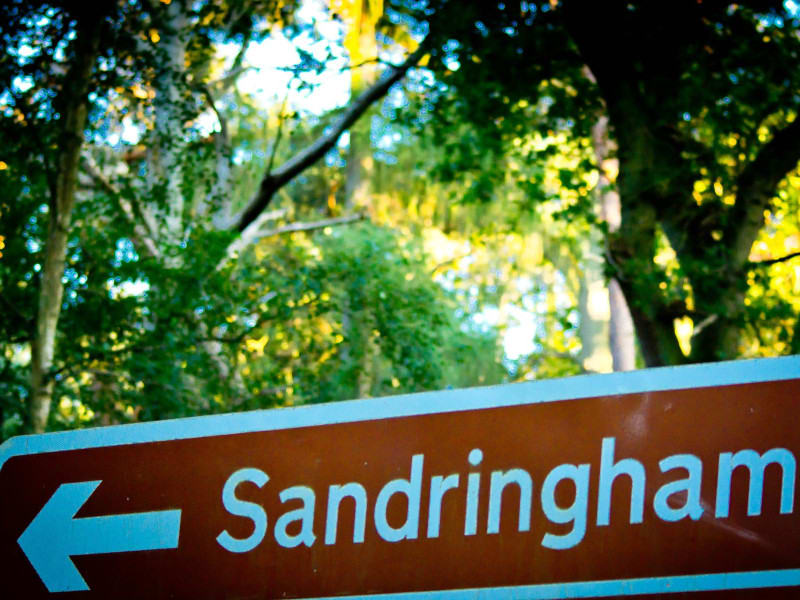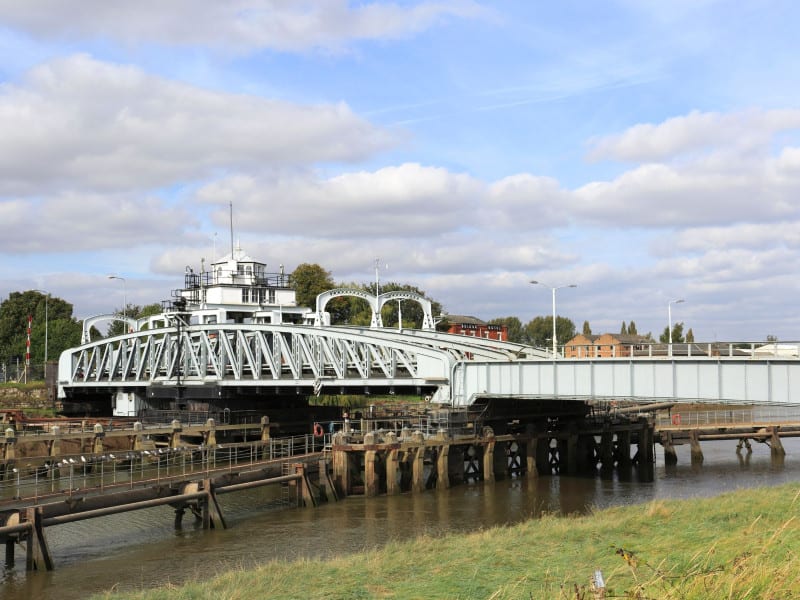Take a walk on the Royal side – explore West Norfolk’s section of the King Charles III England Coast Path
Renamed the King Charles III England Coast Path to celebrate the coronation, the paths which circumnavigate England’s coastline are being opened up to create a continuous, signposted 2,700-mile walking route – the world’s longest, when complete. With 95 per cent of England's coast set to be walkable by the end of 2024, the Norfolk section is already providing greater access to some of the region’s stunning landscape and wildlife.
King Charles III England Coast Path – East
Under the leadership of Natural England, the King Charles England Coast Path is opening in stages, and eventually the Eastern section will allow walkers to set out in Tilbury in Essex and follow the route all the way to Sutton Bridge in Lincolnshire.
While the full route might appeal to only the most ardent walkers, in early March a 33.6-mile section between Hunstanton and Sutton Bridge was opened to the public which included seven miles of new access between Snettisham and King’s Lynn, crossing the seaward edge of the Sandringham Estate.
Hunstanton and Heacham’s beautiful sandy beaches have been a magnet for visitors to the Norfolk coast since the Victorian era, but in recent years the area’s growing reputation as a wildlife hotspot has seen more nature lovers choose the area for a coastal break.
The North Norfolk coast includes three designated Areas of Natural Beauty, and in the west this includes the ‘outlier’ between Dersingham and the Woottons including Sandringham, Wolferton and Castle Rising. With a range of habitats, the cliffs, shingle banks, sand dunes, lagoons, salt marsh, mudflats, sand flats and freshwater marsh all support a wealth of wildlife with spotters dubbing the area a ‘superhighway’ for migratory birds.
Follow the King Charles III England Coast Path from Heacham Manor
Within walking distance of Heacham Manor, the Wild Ken Hill estate, which has regularly played host to BBC’s Springwatch, has embarked upon a programme of rewilding in recent years. This has seen the introduction of Exmoor ponies, Red Poll cattle, Tamworth pigs and Eurasian beavers to the area, and the adoption of regenerative farming to grow food and simultaneously improve the land’s biodiversity and carbon sequestration. The team at Wild Ken Hill offers guided walks throughout spring and summer, with the opportunity to learn more about its rewilding and the many species which inhabit the area.
From here, the path leads to RSPB Snettisham where spring is the perfect moment to watch the spectacle of up to 80,000 wading birds taking flight in unison as the incoming tide pushes them off the mudflats. The mesmerising display of the birds’ aerial ‘dance’ is a magical sight to catch. Throughout the year, the reserve hosts birding safaris with a limited number of places, but you can tuck yourself away in a hide to catch one of nature’s superb displays at any time.
Explore the King Charles III England Coast Path from Snettisham to Sutton Bridge
Even if you don’t walk all the way to Sutton Bridge, the new seven-mile stretch between Snettisham and Lynn is worth exploring further. Running alongside sea banks, originally built to protect the drained arable farmland, you might spot grazing cattle along the way.
Take time to visit nearby Dersingham Bog National Nature Reserve, an acid valley mire and one of Southern England’s last remaining fragments of lowland heathland on the edge of the Sandringham Estate. While the woodland is relatively new here, see if you can spot Scots pine, oak, sweet chestnut, sycamore and birch trees, and birds such as redpolls, crossbills, long-eared owls and sparrow hawks. Rare species, including round-leaved and oblong sundew, cranberry, bog asphodel and white beak-sedge plants, lesser-spotted insects such as the black darter dragonfly, and a significant number of breeding Nightjars thrive in this unspoilt spot.
From Wolferton on the edge of the Sandringham Estate, the King Charles III England Coast Path skirts rich salt marsh and the southern fringes of The Wash to reach South Outmarsh on the edge of King’s Lynn. Here it joins Edward Benefer Way, which leads into the town and through the historic district to Purfleet Quay, a fascinating area itself, and along the river to the West Lynn Ferry.
The path can be followed along the coast with fantastic views of The Wash and Fenland, all the way to the Peter Scott Walk lighthouse at Sutton Bridge. Named after the famous naturalist and only son of Antarctic explorer Captain Scott, here too the salt marshes and tidal flats are a haven for wildlife including redshanks, oyster catchers and curlews.
Why not challenge yourself to see how much of the East section of the King Charles III England Coast Path you can navigate during your stay at Heacham Manor and experience some of Norfolk’s most beautiful landscape and wildlife along the way.



